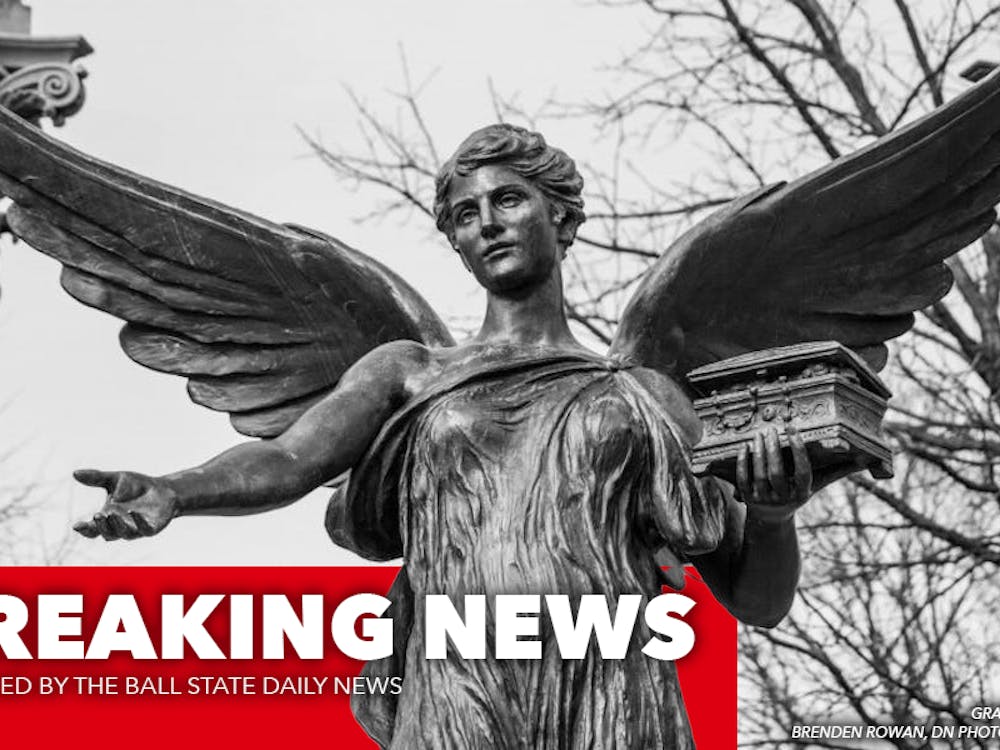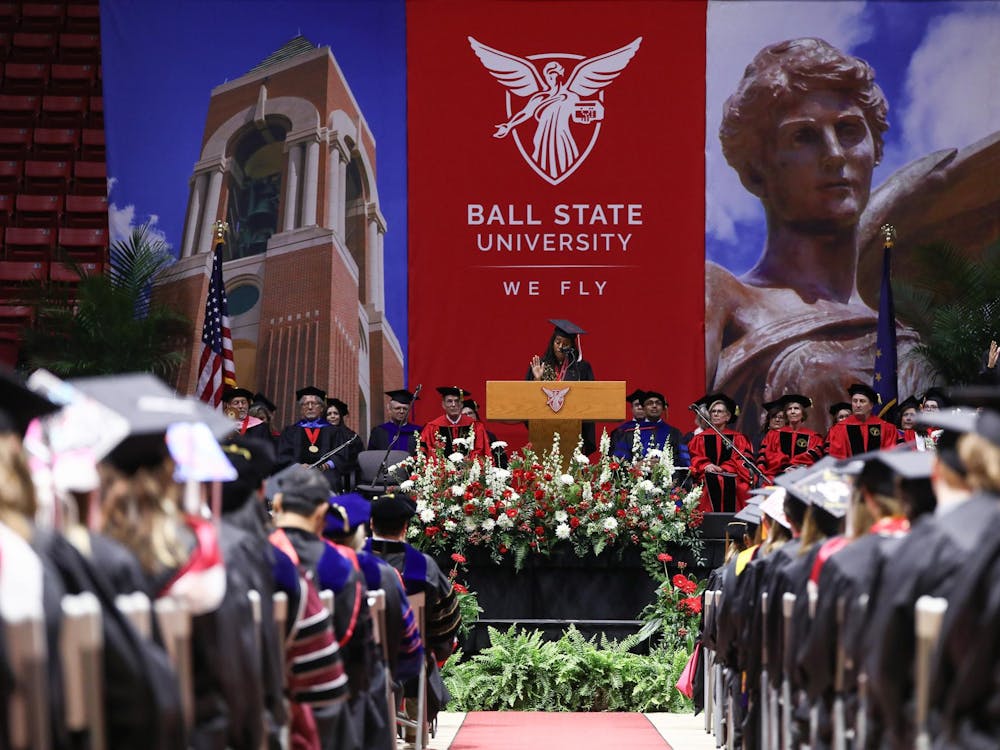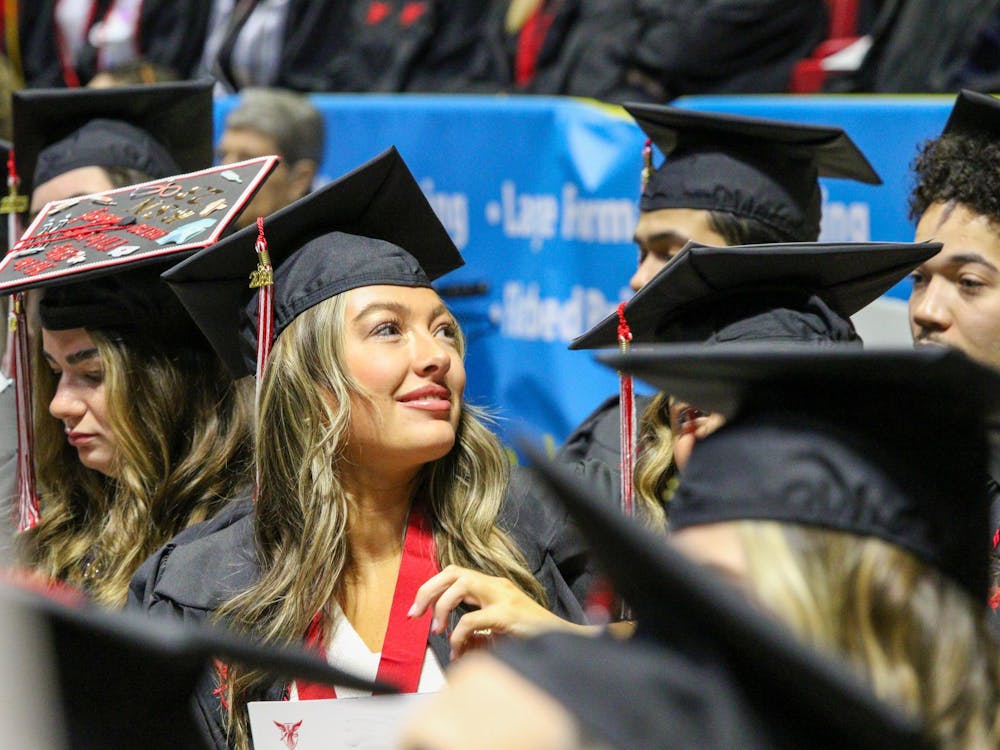About the site area:
The volcano’s name, “Mauna Loa” means “Long Mountain” in Hawaiian.
It covers half of the Island of Hawai`i and by itself amounts to about 85 percent of all of the other Hawaiian Islands combined.
It is among the world’s most active volcanoes, having erupted 33 times since its first documented eruption in 1843.
This site of the program is on an old lava field that is devoid of life and resembles conditions on Mars.
Source: hvo.wr.usgs.gov/maunaloa
• The alumnus will work with teachers and students from Burris Laboratory School.
• He is one of six participating in the four month experiment.
A 60-year-old Ball State alumnus will experience a simulation of life on Mars, and he’s bringing some fourth-grade students along for the ride.
Ron Williams, director of the neuropsychology department at the Fort Wayne Neurological Center, and five other scientists from around the world will join together as an astronaut crew March 21 to simulate life on Mars. This is in conjunction with the University of Hawaii as part of its Hawaii Space Exploration Analog and Simulation program.
As part of the project, Williams will work with teachers in various schools, including Burris Laboratory School because he said it is an experience to have this form of involvement with space exploration in the classroom.
“What usually happens is that manned-space missions will do classroom outreach projects from space to students,” he said. “We are trying to emulate that because this is a mock mission to Mars.”
Christy Wauzzinski, an instructor of intermediate education for Burris, will coordinate with Williams through email, Skype or pre-recorded video over the course of the four months to incorporate the students into his research to allow them to actively participate. The specifics of what they will be doing are still up in the air, she said.
“We decided that it would be best if we allow the students to decide what they want to do with him,” Wauzzinski said.
Each crew member has individual projects and a network of schools involved. She said a scientist from France going on the simulation will take seeds from some schools and trying to grow them in the Mars-like conditions.
“That’s pretty cool, and if the children want to do something similar, we will,” she said. “It’s really up to them.”
Wauzzinski said the most important aspect of this project is that it creates excitement in the classroom that is quite contagious.
“The thought of having direct contact with some[one] doing something like this gives students motivation to learn,” she said. “It’s something that’s very real, where a lot of things to them aren’t, and so it will be incorporated across all of their subjects.”
Williams’ desire to incorporate Burris in his lifelong goal stems from his time as a graduate student at Ball State and the past success he has had with working with the university on research projects.
“My time at Ball State was all fun,” he said. “We had to work, but I had a very close group of graduate students. We were like brothers and sisters. Most of us still have contact to this day.”
The sentiments he felt with his fellow graduate students are something he hopes to recreate with his international crewmembers.
The simulation will take place on a flattened lava field on Hawaii’s Mauna Loa, the planet’s largest volcano at 13,680 feet above sea level. The lava field sits at 8,000 feet, and it is the most Mars-like location on the planet because of its lack of life.
Williams will be the resident psychologist in HI-SEAS’ second group of astronauts. Overall, this group’s specialties include engineering, microbiology, physics and psychology.
During the four-month program, Williams will study the quality and quantity of sleep and how it relates to psychological behavior. He also will research how light exposure affects mood and sleep patterns.
However, his main concern, will be to see how these ideas lead to the interactions between crewmembers and how they can be improved, especially if there are problems.
“If after a couple months we’re not getting along, we’re homesick or some personalities don’t match well and some of the goals of the overall or individual missions fall behind the timetable, why is that?” he said.
The crew will live in a dome habitat 36 feet in diameter and 13,570 cubic feet in volume.
Williams’ interest in space as a child in the 1960s led him to this opportunity. To him, it’s a bucket list item.
“I remember our teachers taking us down to the cafeteria in second grade to watch Alan Shepard being launched into space,” he said. “I remember following the Gemini missions very closely. It was exciting that science fiction was in the making to be real, and every young person was excited about that.”
In the summer of 1966, Williams and five of his friends got together and created a life-size model of the Gemini spacecraft. They would sit inside of it in lawn chairs and sleeping bags and pretend to go on missions.
Nearly 50 years later, the memory of that summer would move one of his friends involved with the HI-SEAS project to encourage Williams to apply for one of the six spots available among the crew.




